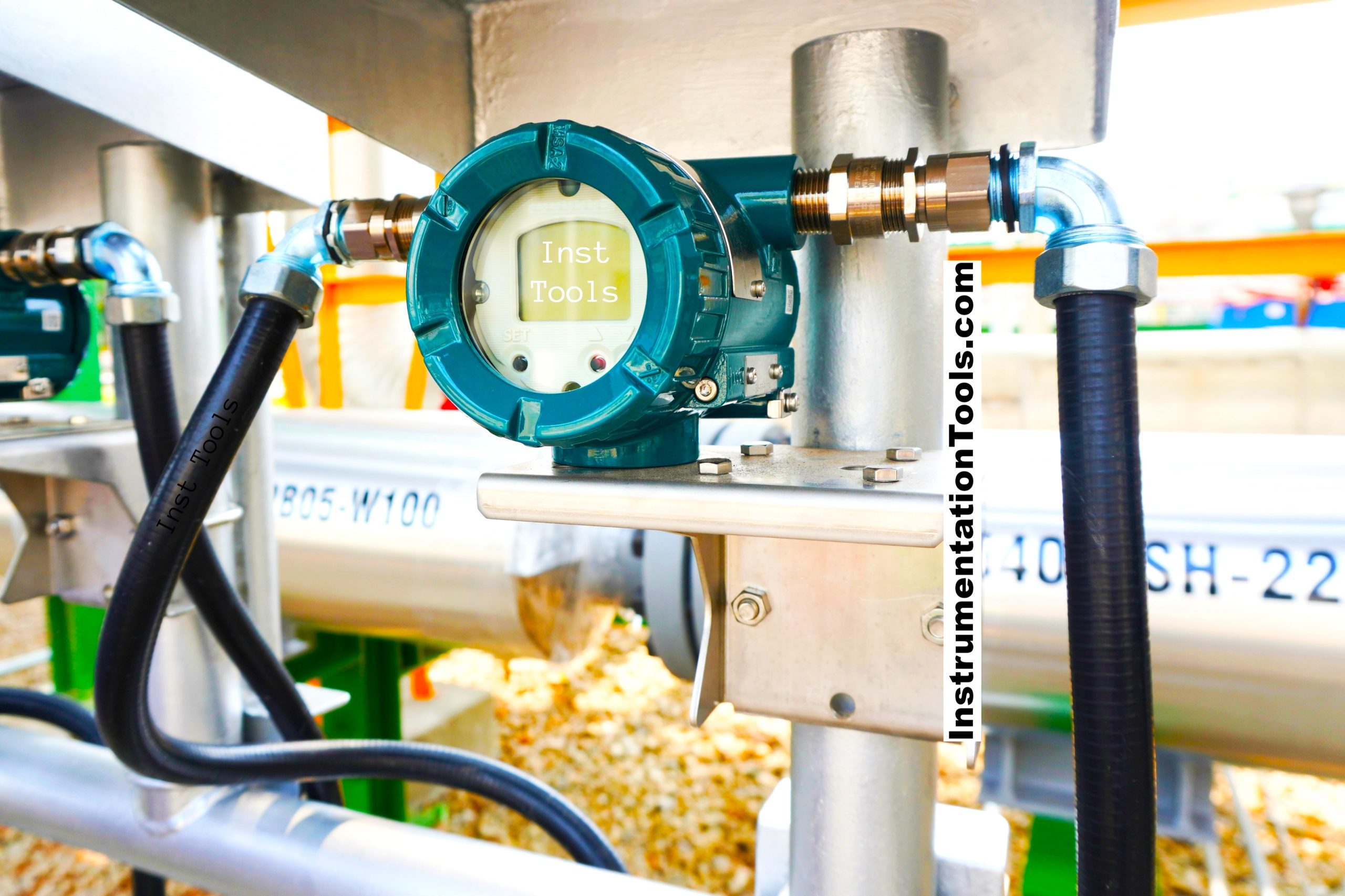The temperature sensors come in various types, each with its own set of characteristics suitable for specific applications.
Comparison of Temperature Sensors

Here we compared the popular temperature sensors in the below table. let’s have a look at it.
| Parameter | Thermocouple | RTD (Resistance Temperature Detector) | Thermistor | Infrared | Bimetallic Strip | Semiconductor (IC) | Fiber Optic |
|---|---|---|---|---|---|---|---|
| Principle of Operation | Seebeck effect | Resistance varies with temperature | Resistance varies exponentially with temperature | Emission of infrared radiation | Mechanical bending due to thermal expansion | Bandgap of semiconductor varies with temperature | Light wavelength changes with temperature |
| Temperature Range | Wide (-200 to 2300°C) | Moderate (-200 to 850°C) | Limited (-100 to 300°C) | Wide (-50 to 1000°C) | Limited (-30 to 120°C) | Moderate (-55 to 150°C) | Wide (-200 to 800°C) |
| Accuracy | Moderate | High | Moderate to High | Moderate | Low to Moderate | Moderate to High | High |
| Response Time | Fast | Moderate | Fast | Fast | Slow | Fast | Fast |
| Sensitivity | Low | Moderate | High | Moderate | Low | Moderate | High |
| Cost | Low | High | Low | Moderate to High | Low | Moderate | High |
| Linearity | Non-linear | Linear | Non-linear | Non-linear | Non-linear | Linear | Linear |
| Self-heating | Low | Moderate | High | None | None | Moderate | None |
| Ease of Installation | Easy | Moderate | Easy | Moderate | Easy | Moderate | Moderate |
| Safety Aspects | Generally Safe | Generally Safe | Generally Safe | Limited (eye safety) | Generally Safe | Generally Safe | Generally Safe |
Here’s a brief explanation of the terms used:
- Principle of Operation: The basic principle that allows the sensor to measure temperature.
- Temperature Range: The range of temperatures the sensor can accurately measure.
- Accuracy: How precisely the sensor can measure temperature.
- Response Time: How quickly the sensor can respond to changes in temperature.
- Sensitivity: How much the output changes for a given change in temperature.
- Cost: The relative financial outlay required to purchase and install the sensor.
- Linearity: Whether or not the output is directly proportional to the temperature.
- Self-heating: Whether the sensor itself generates heat during operation, which could affect its accuracy.
- Ease of Installation: How simple it is to install the sensor.
- Safety Aspects: Considerations regarding the use of the sensor in hazardous conditions.
If you liked this article, then please subscribe to our YouTube Channel for Instrumentation, Electrical, PLC, and SCADA video tutorials.
You can also follow us on Facebook and Twitter to receive daily updates.
Read Next:
- What is a Probe Thermometer?
- Response Time Test of RTD
- Transmitter Burnout Function
- Thermowell Outer Diameter
- Temperature Transmitter Maintenance